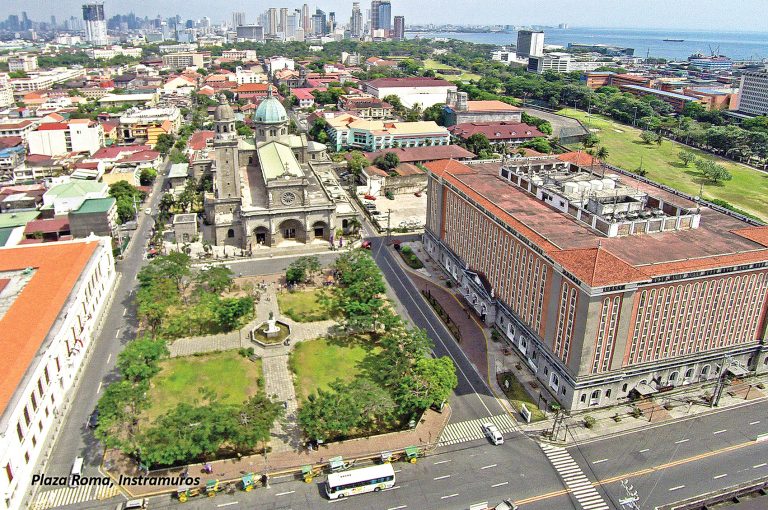Six out of 10 Filipinos live in towns or cities. Our way of life was shaped by an urbanity introduced by the Spanish and institutionalized in the Laws of the Indies. This stipulated a physical template for all urban centers, and the core of which was composed of key buildings representing the church and the state that were organized around a public plaza.
The plaza was the physical, economic, social, cultural, and religious center of our towns and cities. Manila, being the capital, had several of these. Manila’s plazas have evolved in the past four centuries as locus of power, symbolic space, and as commodious settings for events festive and historical.
Today, however, many of Manila’s plazas are threatened by loss of both architecture heritage and the vibrancy of street life. They are vanishing to urban blight or have been replaced by newer forms of communal space, such as the ubiquitous shopping malls.
This exhibit presents the major plazas of Manila. Digital still images, aerial panoramas, videos, interactive maps, and graphics will carry the visitor back to the past, fly above the present, and present the realm of possibilities that can be offered with these central spaces we call our plazas. The Plazas of Manila aims to connect with our culture and inspire us to create a bright urban future based on a rediscovery and appreciation of our own wealth of heritage.
This exhibit features 11 panels of existing plazas found in Manila. They each tell a story of our past and our present. Then, we end with our vision of the future of a public space that hopes to inspire future generations.
The Plazas of Manila is presented by Samsung Electronics Philippines and the Philippine Science High School Foundation in partnership with Yuchengco Museum.
